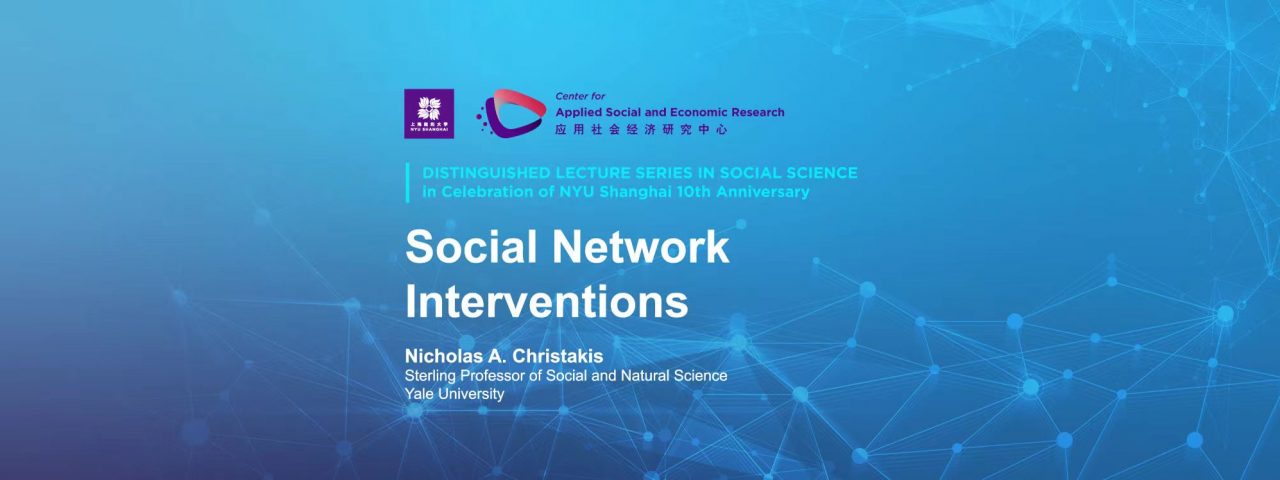Share:
Social Network Interventions

- Nicholas A. Christakis, Sterling Professor of Social and Natural Science, Yale University
- 9:00 - 10:30 AM, Thursday, June 26, 2023 (China Standard Time)
- Hosted via Zoom Webinar
Abstract
Human beings choose their friends, and often their neighbors and co-workers, and we inherit our relatives; and each of the people to whom we are connected also does the same, such that, in the end, we assemble ourselves into face-to-face social networks that obey particular mathematical and sociological rules. Why do we do this? And how might a deep understanding of human social network structure and function be used to intervene in the world to make it better? Here, I will review recent research from our lab describing three classes of interventions involving both offline and online networks: (1) interventions that rewire the connections between people; (2) interventions that manipulate social contagion, modifying the flow of desirable or undesirable properties; and (3) interventions that manipulate the position of people within network structures. I will illustrate what can be done using a variety of experiments in settings as diverse as fostering cooperation or the diffusion of innovation in networked groups online, to fostering health behavior change in developing world villages and towns. I will also discuss recent experiments with “hybrid systems” comprised of both humans and artificial intelligence (AI) agents interacting in small groups. Overall, by taking account of people’s structural embeddedness in social networks, and by understanding social influence, it is possible to intervene in social systems to enhance desirable population-level properties as diverse as health, wealth, cooperation, coordination, and learning.
Biography
Nicholas A. Christakis, MD, PhD, MPH, is the Sterling Professor of Social and Natural Science at Yale University. His work is in the fields of network science, biosocial science, and behavior genetics. He directs the Human Nature Lab and is the Co-Director of the Yale Institute for Network Science. He was elected to the National Academy of Medicine in 2006; the American Association for the Advancement of Science in 2010; and the American Academy of Arts and Sciences in 2017.

